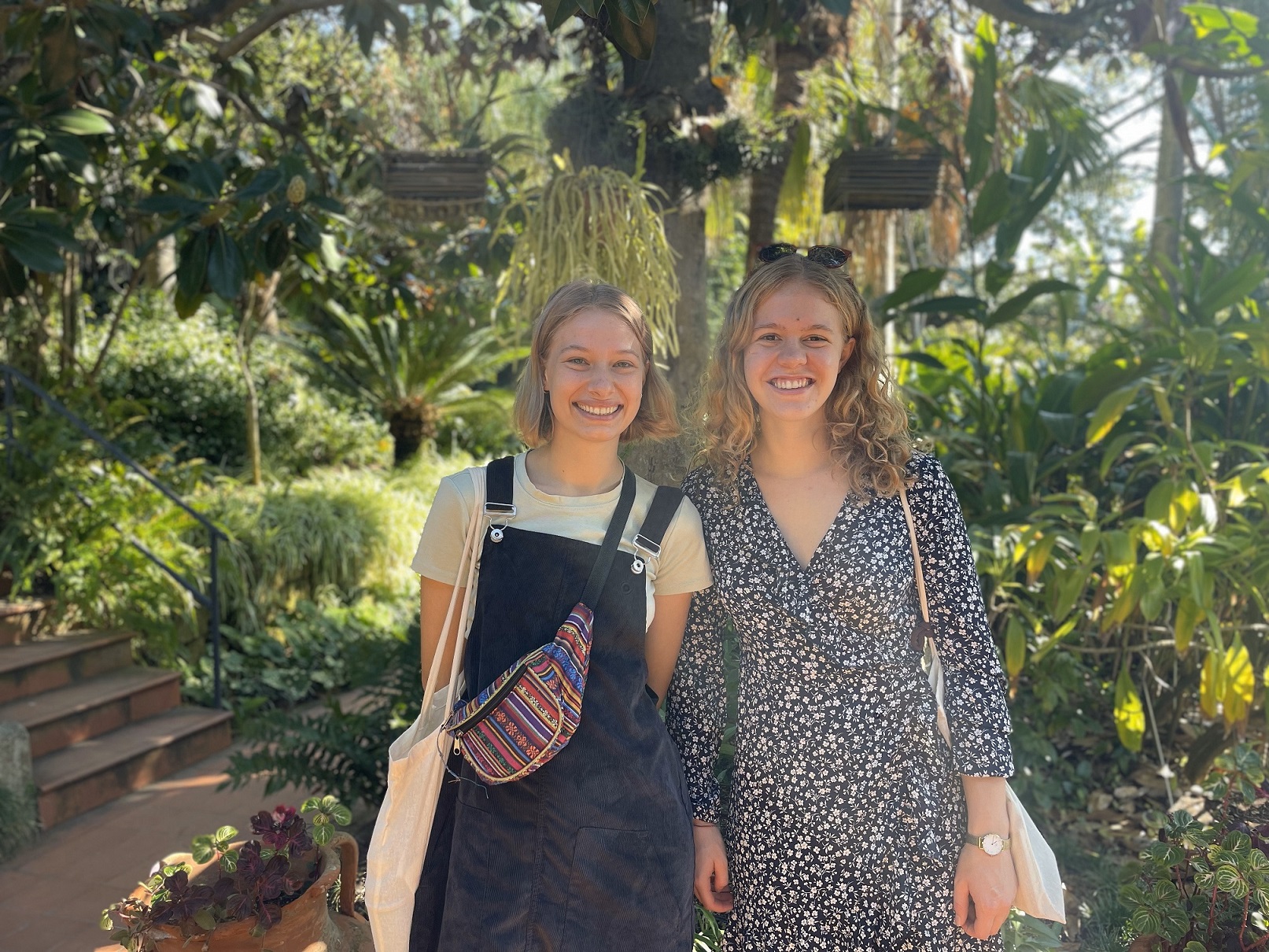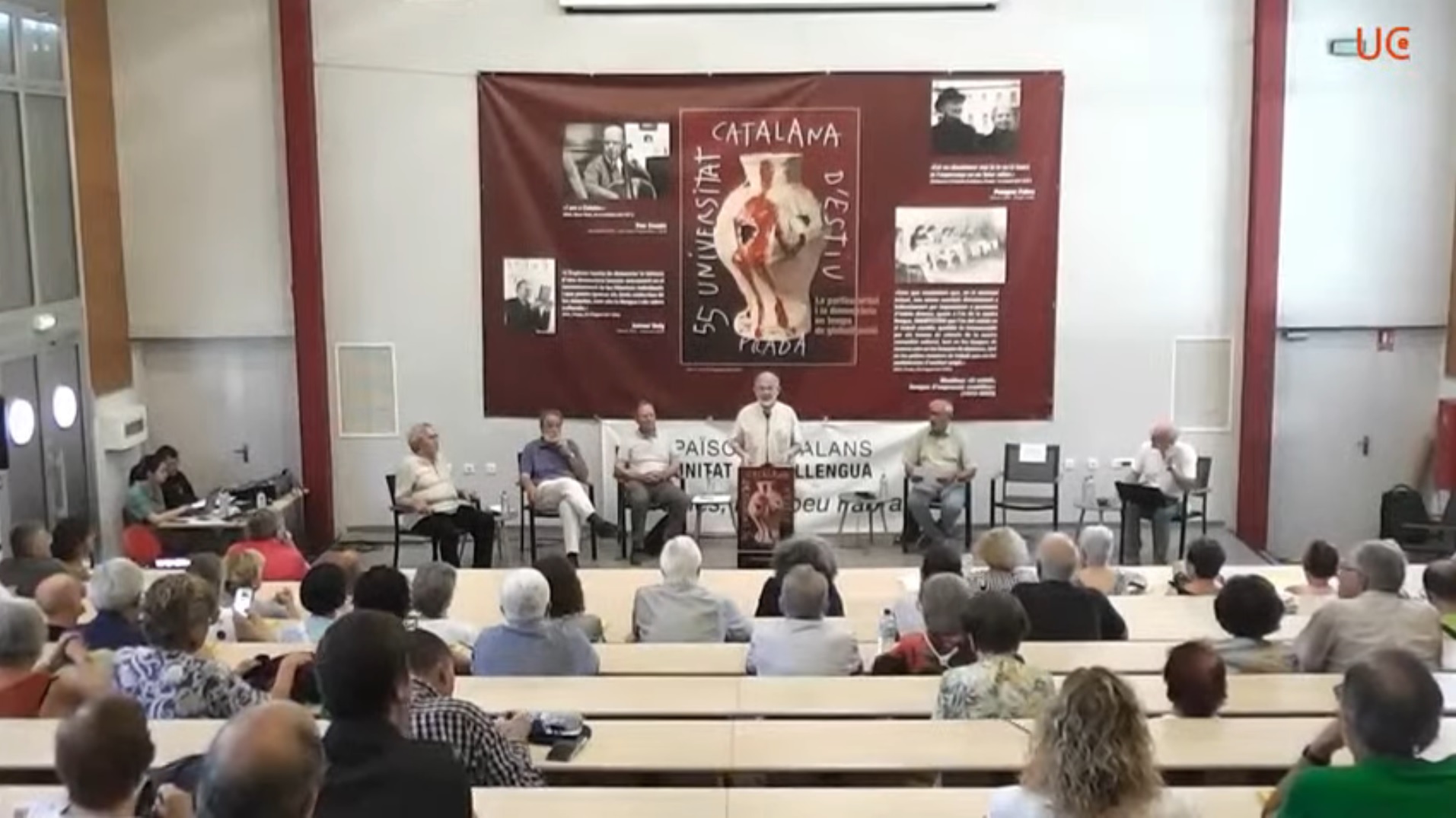On the occasion of the International Day of Botanical Gardens (second Friday of October), the Carl Faust Foundation presents the Costa Brava Botanical Museum project, a tour of the collection of the 50 most outstanding specimens of Marimurtra that you can now enjoy through labels with QR codes distributed along the route through the Botanical Garden, which provide detailed and descriptive information on each of the specimens in the collection.
According to ICOM (the international organization that regulates museums), all botanical gardens are also considered museums. In the case of Marimurtra, in addition, the relevant arrangements will be made before the Generalitat de Catalunya to enter the register managed by the Catalan Government. The Carl Faust Foundation, manager of the Marimurtra Botanical Garden, has opted for a museum operation that is adapted to new technologies and that at the same time offers a simple operation for the user. Each of the 50 remarkable specimens in the collection is identified by a QR with the species name. When the visitor scans the QR, they access a species file where they can consult the description of the plant, what the Marimurtra specimen looks like, some curiosities about the species, some of its main uses and some botanical classifications.
Apart from the QRs, a map has also been placed at the entrance to the Garden explaining how the Museum works and the location of these 50 specimens. On the museum website marimurtra.cat/museu, there is also a welcome video where the project is presented and a short tutorial on how to use the QR codes and how to follow the museum’s route inside the Garden.
This project aims to bring science and botany closer to visitors to Marimurtra, as well as achieve an impact and learning after their visit. Apart from being a Botanical Garden with captivating views, Marimurtra is also a center for research, dissemination and conservation of the biodiversity of species.
The Marimurtra Botanical Garden was created during the 1920s by the German businessman and philanthropist Carl Faust with the intention of being a center for research, study and conservation of botanical specimens of great interest to the scientific community. His legacy lives on today through the Carl Faust Foundation, which ensures that the Botanical Garden is kept in perfect condition for visitors and also takes Faust’s will to turn it into a space dedicated to plant conservation, study of Mediterranean biology and dissemination of scientific and environmental values.
The Marimurtra Botanical Garden is classified as a Cultural Asset of National Interest and in 2009 the Carl Faust Private Carl Foundation was awarded the Sant Jordi Cross from the Generalitat de Catalunya.



 Josep Maria Camarasa is one of the four surviving speakers of the eleven who presented the manifesto 50 years ago.
Josep Maria Camarasa is one of the four surviving speakers of the eleven who presented the manifesto 50 years ago.





